Rocamadour

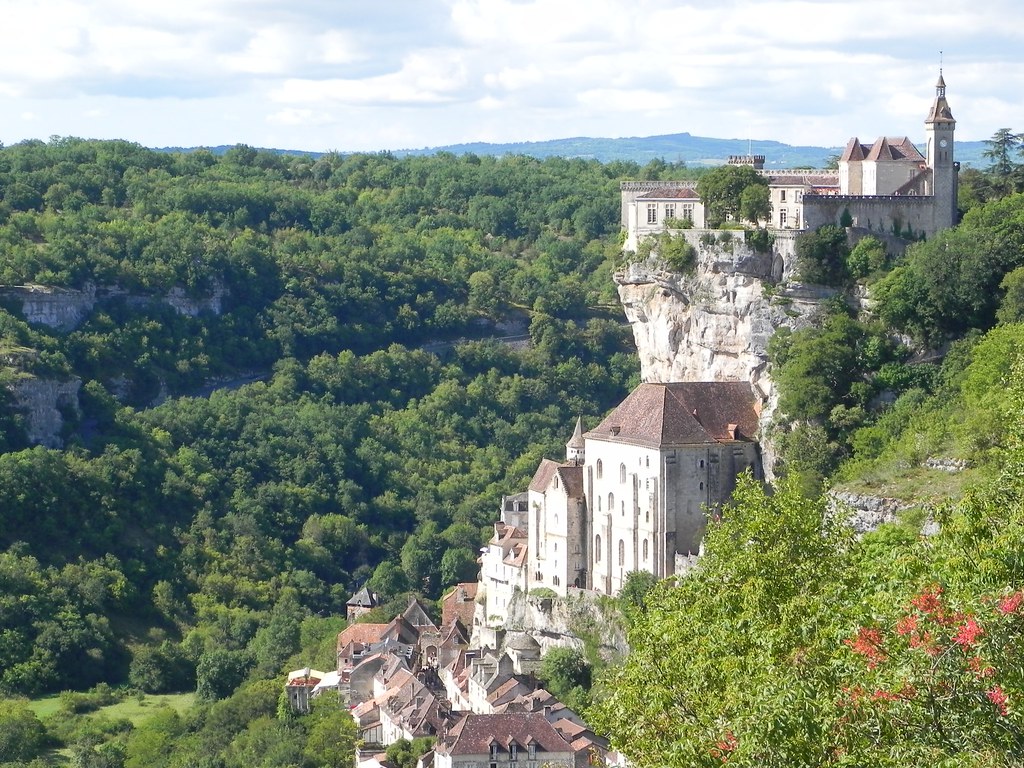

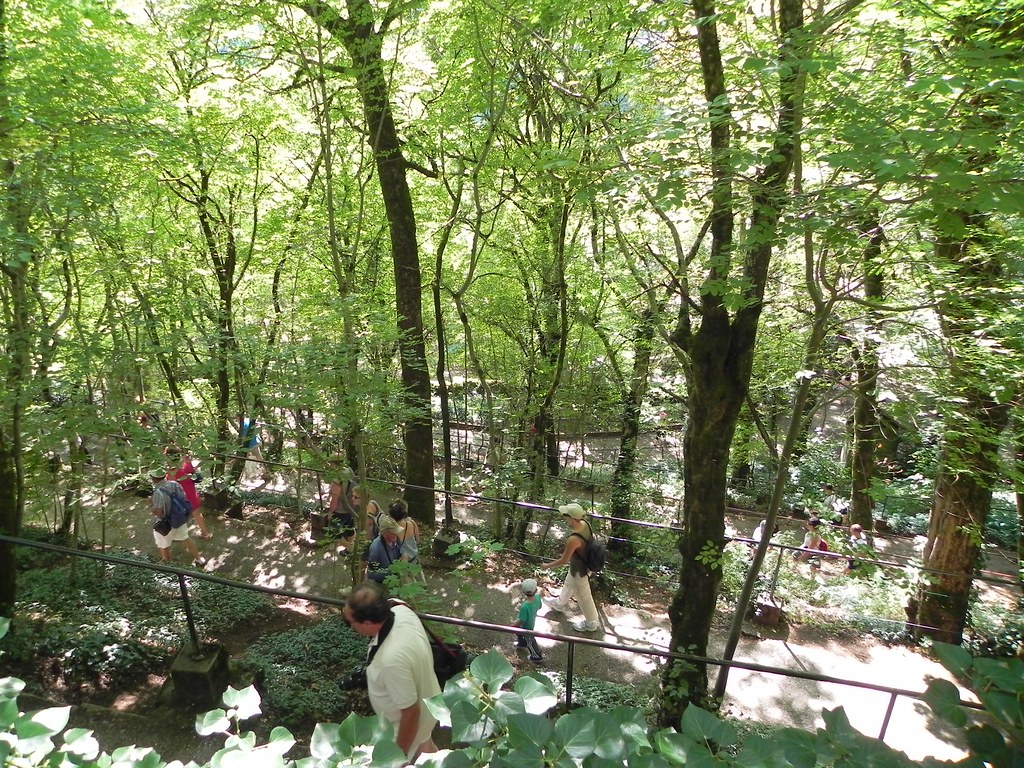




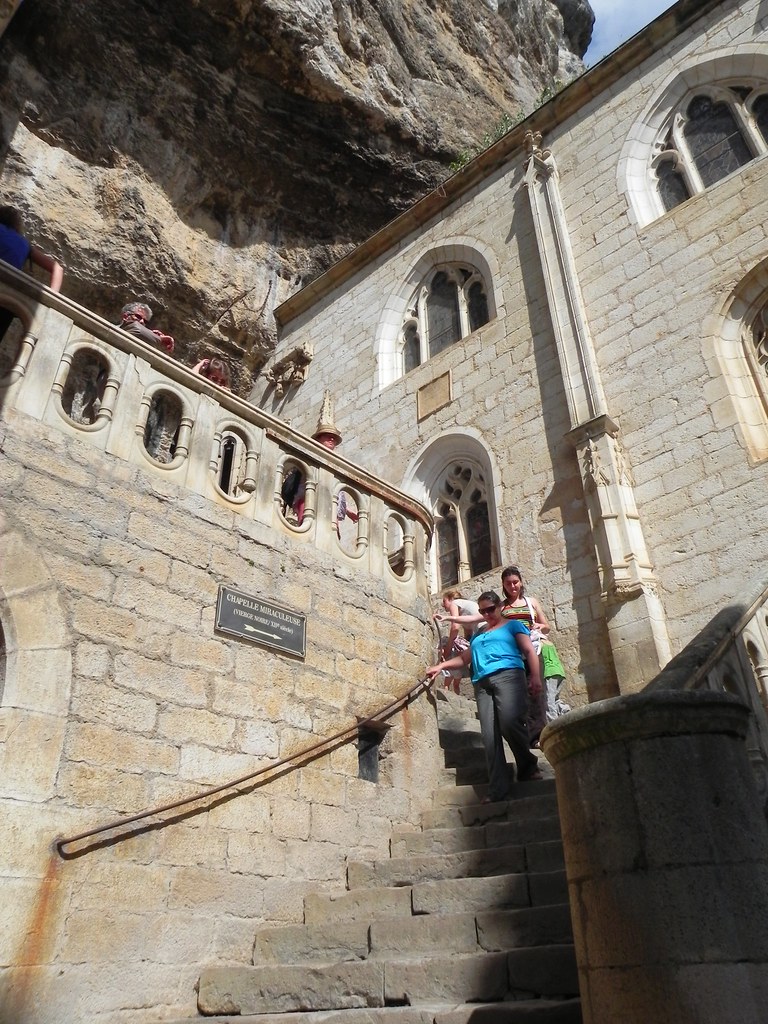

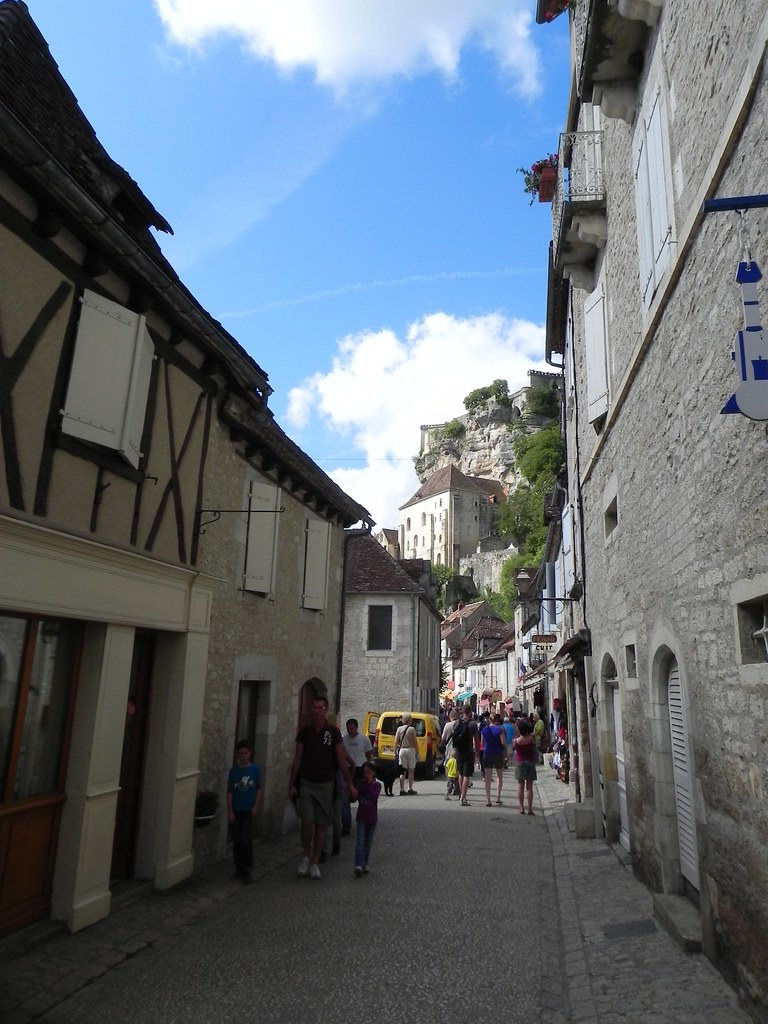


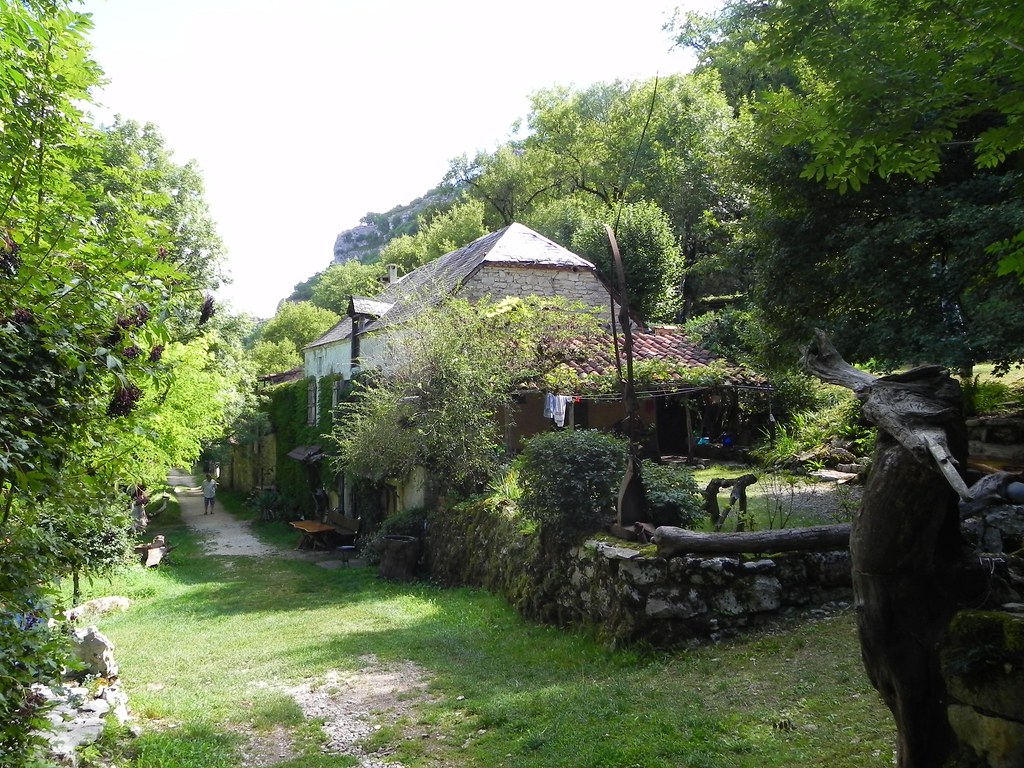
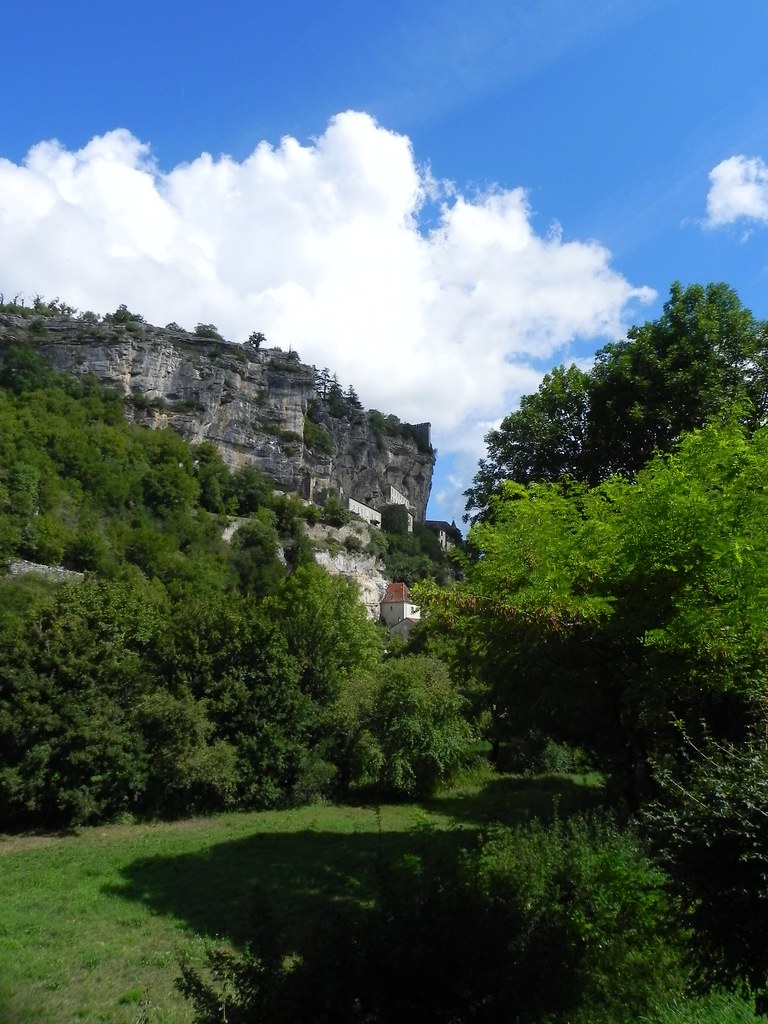




A legend supposed to explain the origin of this pilgrimage has given rise to controversies between critical and traditional schools, especially in recent times.
A vehicle by which the legend was disseminated and pilgrims drawn to the site was The Miracles of Our Lady of Rocamadour, written ca. 1172, an example of the miracula, or books of collected miracles, which had such a wide audience in the Middle Ages.
According to the founding legend, Rocamadour is named after the founder of the ancient sanctuary, Saint Amator, identified with the Biblical Zacheus, the tax collector of Jericho mentioned in Luke 19:1-10, and the husband of St. Veronica, who wiped Jesus' face on the way to Calvary.
Driven out of Palestine by persecution, St. Amadour and Veronica embarked in a frail skiff and, guided by an angel, landed on the coast of Aquitaine, where they met Bishop St. Martial, another disciple of Christ who was preaching the Gospel in the south-west of Gaul.
After journeying to Rome, where he witnessed the martyrdoms of St. Peter and St. Paul, Amadour, having returned to France, on the death of his spouse, withdrew to a wild spot in Quercy where he built a chapel in honour of the Blessed Virgin, near which he died a little later.
This account, like most other similar legends, does not make its first appearance till long after the age in which the chief actors are deemed to have lived. The name of Amadour occurs in no document previous to the compilation of his Acts, which on careful examination and on an application of the rules of the cursus to the text cannot be judged older than the 12th century.
It is now well established that Saint Martial, Amadour's contemporary in the legend, lived in the 3rd not the 1st century, and Rome has never included him among the members of the Apostolic College. The mention, therefore, of St. Martial in the Acts of St.
Amadour would alone suffice, even if other proof were wanting, to prove them doubtful. The untrustworthiness of the legend has led some recent authors to suggest that Amadour was an unknown hermit or possibly St. Amator, Bishop of Auxerre, but this is mere hypothesis, without any historical basis.
The origin of the sanctuary of Rocamadour, lost in antiquity, is thus set down along with fabulous traditions which cannot bear up to sound criticism. After the religious manifestations of the Middle Ages, Rocamadour, as a result of war and the French Revolution, had become almost deserted. In the mid-nineteenth century, owing to the zeal and activity of the bishops of Cahors, it seems to have revived, and pilgrims and tourists are beginning to crowd there again.
Comments
Post a Comment